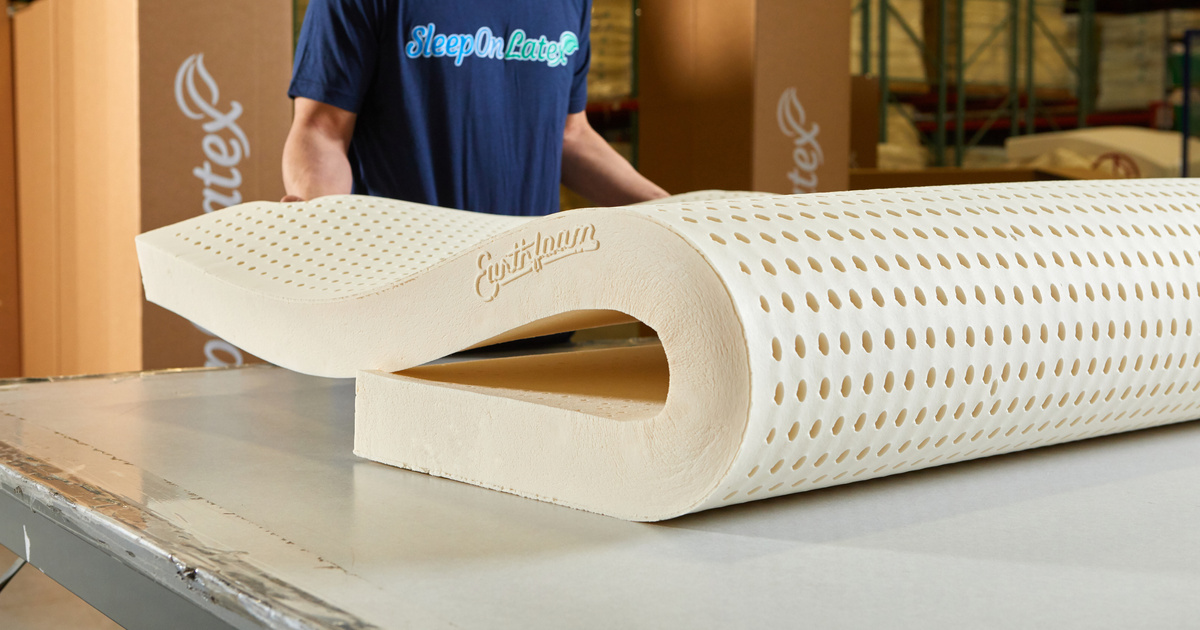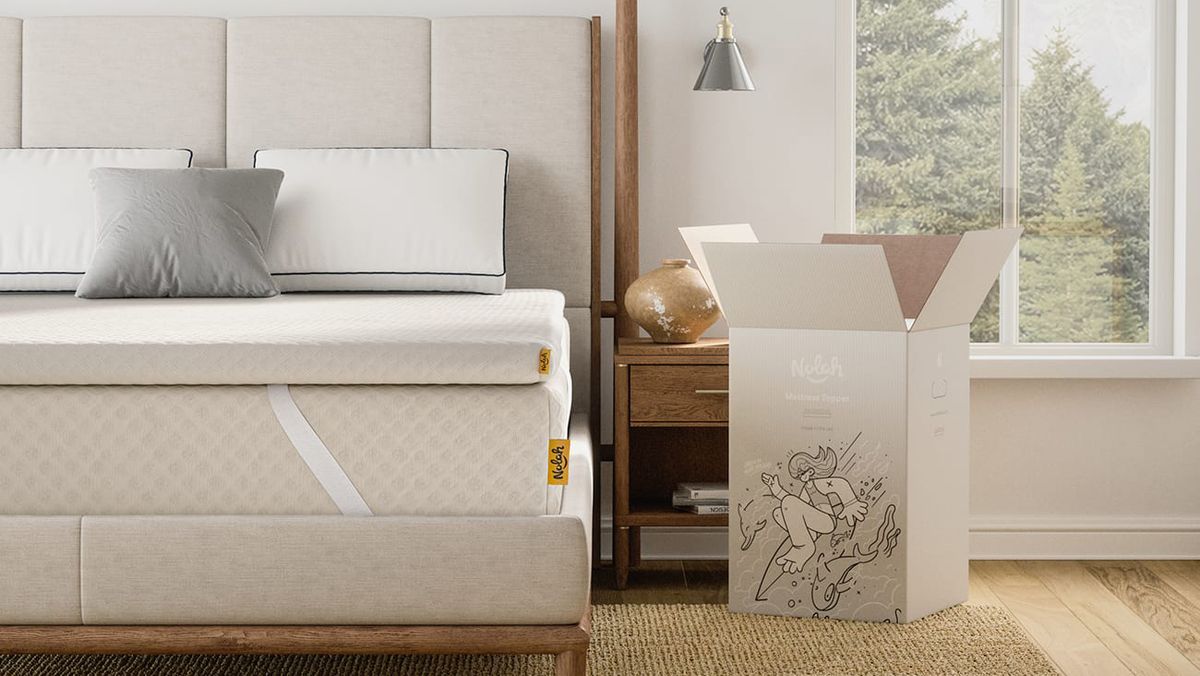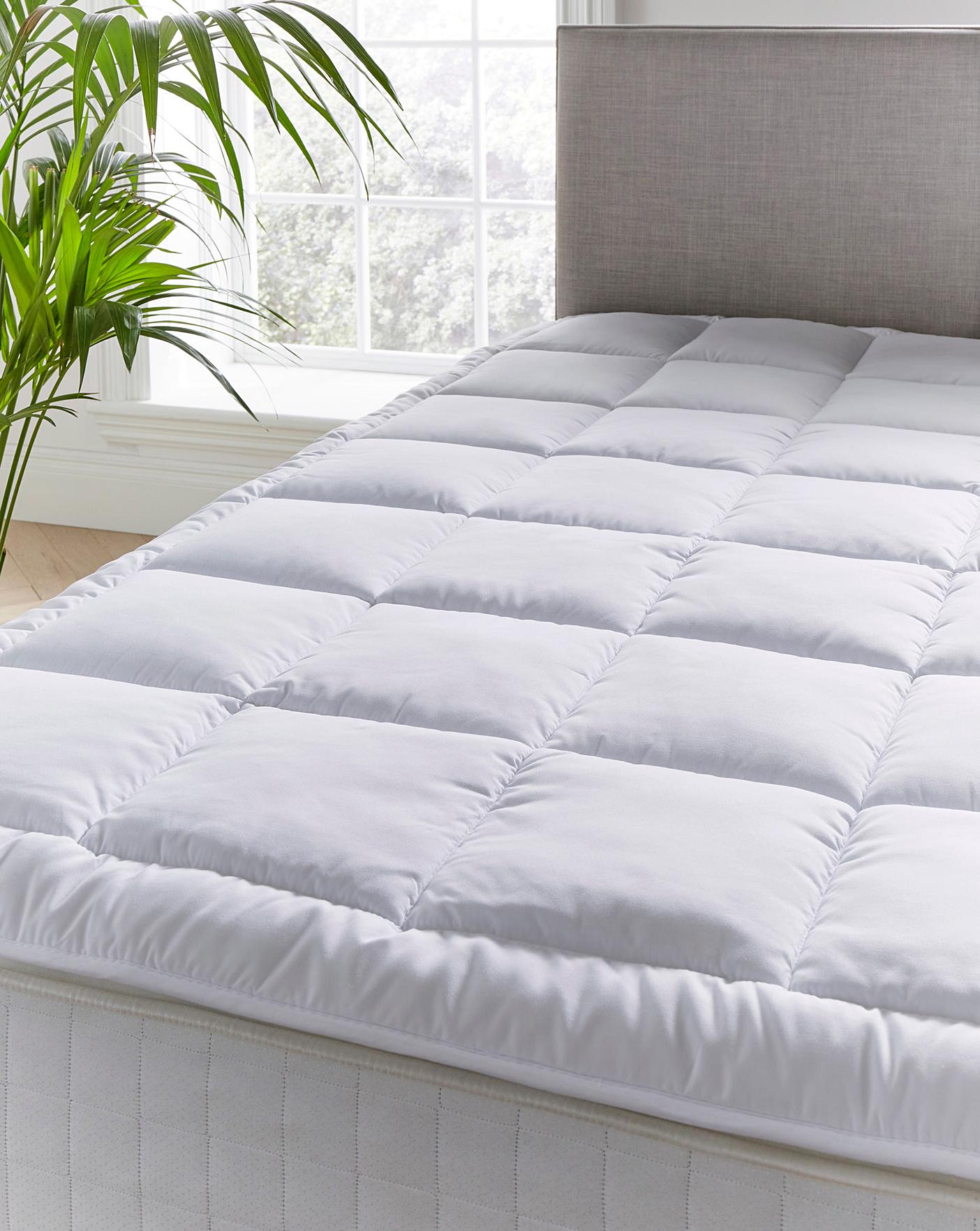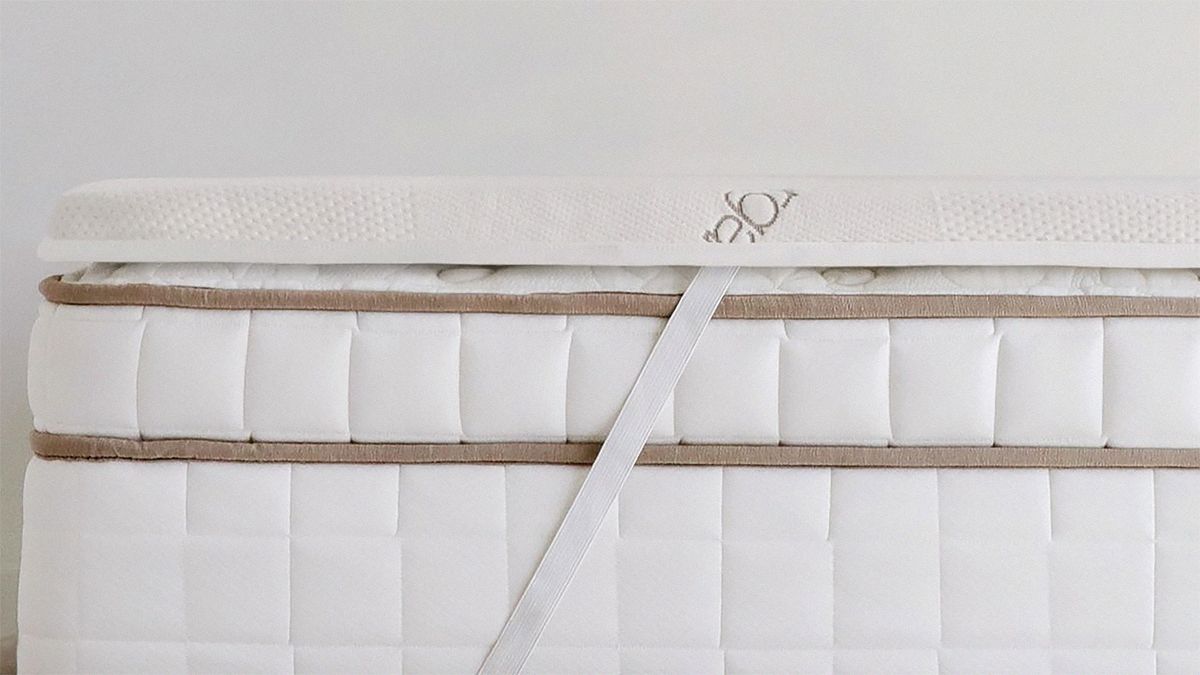Foam Mattress Topper Allergy: Symptoms, Causes, and Treatment
If you suffer from allergies, you know how frustrating and uncomfortable they can be. But did you know that your foam mattress topper could be contributing to your symptoms? Foam mattress toppers are a popular bedding choice due to their added comfort and support, but they can also be a source of allergens that can disrupt your sleep and overall health. In this article, we’ll explore the symptoms, causes, and treatment options for foam mattress topper allergies, as well as provide tips for choosing a hypoallergenic option and how to maintain it for allergy relief.
How to Choose a Hypoallergenic Foam Mattress Topper
If you’re in the market for a new foam mattress topper, it’s important to choose one that is hypoallergenic. This means that it is less likely to cause an allergic reaction or aggravate existing allergies. Look for toppers that are labeled as hypoallergenic, anti-allergy, or dust mite resistant. These toppers are typically made with materials that are less likely to harbor allergens, such as natural latex or bamboo. You should also look for chemical-free and organic options, as these are less likely to contain irritants.
Best Foam Mattress Toppers for Allergies
If you’re already experiencing allergies from your current foam mattress topper, it may be time to switch to a new one. Here are some of the best options for those with allergies:
1. Natural Latex Foam Mattress Topper: This is a great choice for those with allergies, as it is made from natural materials and is resistant to dust mites and mold.
2. Bamboo Foam Mattress Topper: Bamboo is naturally hypoallergenic and resistant to dust mites and other allergens.
3. Memory Foam Mattress Topper with hypoallergenic Cover: This option combines the comfort of memory foam with a cover that is designed to be hypoallergenic and resistant to allergens.
Natural Alternatives to Foam Mattress Toppers for Allergy Sufferers
If you’re looking for a natural alternative to foam mattress toppers, there are a few options that may be better for allergy sufferers:
1. Wool Mattress Topper: Wool is a natural material that is hypoallergenic and resistant to dust mites and mold.
2. Feather Mattress Topper: This option is made from natural feathers that are hypoallergenic and provide a soft and comfortable sleeping surface.
3. Organic Cotton Mattress Topper: Organic cotton is a great choice for those with allergies, as it is free from chemicals and irritants.
How to Clean and Maintain a Foam Mattress Topper for Allergy Relief
Even if you have a hypoallergenic foam mattress topper, it’s important to properly clean and maintain it to reduce allergens. Here are some tips:
1. Wash the Cover Regularly: If your mattress topper has a removable cover, be sure to wash it every 1-2 months. Use hot water and a dye-free and fragrance-free detergent.
2. Vacuum the Topper: Use a vacuum with a HEPA filter to remove any dust and allergens from the surface of the topper.
3. Air it Out: If possible, take your mattress topper outside and let it air out in the sun for a few hours. This can help eliminate any odors and allergens.
Understanding the Link Between Foam Mattress Toppers and Allergies
So, why are foam mattress toppers a common cause of allergies? The main culprit is dust mites, which are tiny insects that live in dust and feed on dead skin cells. These microscopic creatures thrive in warm, humid environments, making your mattress and bedding the perfect home. Foam mattress toppers, especially older ones, can be a breeding ground for dust mites, as they provide a warm and cozy place for them to live.
Tips for Reducing Allergens in Your Bedroom with a Foam Mattress Topper
To reduce allergens in your bedroom, follow these simple tips:
1. Use Allergy-Proof Bedding: Invest in hypoallergenic mattress and pillow covers to protect your bedding from dust mites.
2. Wash Bedding Regularly: Wash your sheets, pillowcases, and other bedding at least once a week in hot water to kill any dust mites.
3. Keep Your Bedroom Clean: Regularly dust and vacuum your bedroom to remove any dust and allergens that may be lingering.
The Benefits of Using a Latex Foam Mattress Topper for Allergy Relief
Latex foam mattress toppers are a popular choice for allergy sufferers because they are naturally hypoallergenic and resistant to dust mites and mold. But that’s not the only benefit. Latex foam is also known for its comfort and support, making it a great choice for those with back pain or other sleep issues. It is also a durable and long-lasting option, making it a worthwhile investment for your sleep and health.
How to Tell if Your Foam Mattress Topper is Causing Allergies
If you’re experiencing allergies but aren’t sure if your foam mattress topper is to blame, here are some signs to look out for:
1. Waking up with a Stuffy or Runny Nose: If you wake up with congestion or a runny nose, it could be a sign of a dust mite allergy.
2. Skin Irritation: If you notice redness, itching, or irritation on your skin, it could be a reaction to dust mites or other allergens in your mattress topper.
3. Difficulty Breathing: In severe cases, dust mite allergies can cause difficulty breathing and even asthma attacks.
Choosing the Right Foam Mattress Topper for Allergy-Prone Individuals
1. Look for Hypoallergenic Options: As mentioned earlier, be sure to choose a foam mattress topper that is labeled as hypoallergenic or anti-allergy.
2. Consider Natural Materials: Natural materials like latex, bamboo, wool, and organic cotton are less likely to harbor allergens.
3. Check for Certifications: Look for foam mattress toppers that are CertiPUR-US certified, which means they are made without harmful chemicals and are low in VOCs.
In conclusion, foam mattress toppers can be a cause of allergies for some individuals. However, with the right information and precautions, you can still enjoy the comfort and benefits of a foam mattress topper without suffering from allergies. Be sure to choose a hypoallergenic option, clean and maintain it regularly, and consider natural materials for a healthier sleep environment. Sweet dreams!
The Effects of Allergies to Foam Mattress Toppers on Your Sleep

What is a Foam Mattress Topper?
 A foam mattress topper is a popular bedding accessory that is placed on top of a mattress to provide added comfort and support. Made from various types of foam, such as memory foam or latex foam, these toppers are known for their ability to conform to the body's shape and relieve pressure points. However, for some individuals, these foam mattress toppers can also trigger allergies and cause discomfort during sleep.
A foam mattress topper is a popular bedding accessory that is placed on top of a mattress to provide added comfort and support. Made from various types of foam, such as memory foam or latex foam, these toppers are known for their ability to conform to the body's shape and relieve pressure points. However, for some individuals, these foam mattress toppers can also trigger allergies and cause discomfort during sleep.
Understanding Allergies to Foam Mattress Toppers
 An allergy is a reaction of the body's immune system to a foreign substance, known as an allergen. In the case of foam mattress toppers, the allergens can be the chemicals used in the manufacturing process or the materials used to make the foam, such as latex or synthetic materials.
When individuals with allergies come into contact with these materials, their immune system reacts by releasing histamines and other chemicals, causing symptoms such as sneezing, coughing, and itchy eyes. These symptoms can be particularly troublesome at night when individuals are trying to sleep, leading to a disrupted and uncomfortable night's rest.
An allergy is a reaction of the body's immune system to a foreign substance, known as an allergen. In the case of foam mattress toppers, the allergens can be the chemicals used in the manufacturing process or the materials used to make the foam, such as latex or synthetic materials.
When individuals with allergies come into contact with these materials, their immune system reacts by releasing histamines and other chemicals, causing symptoms such as sneezing, coughing, and itchy eyes. These symptoms can be particularly troublesome at night when individuals are trying to sleep, leading to a disrupted and uncomfortable night's rest.
The Impact on Your Sleep
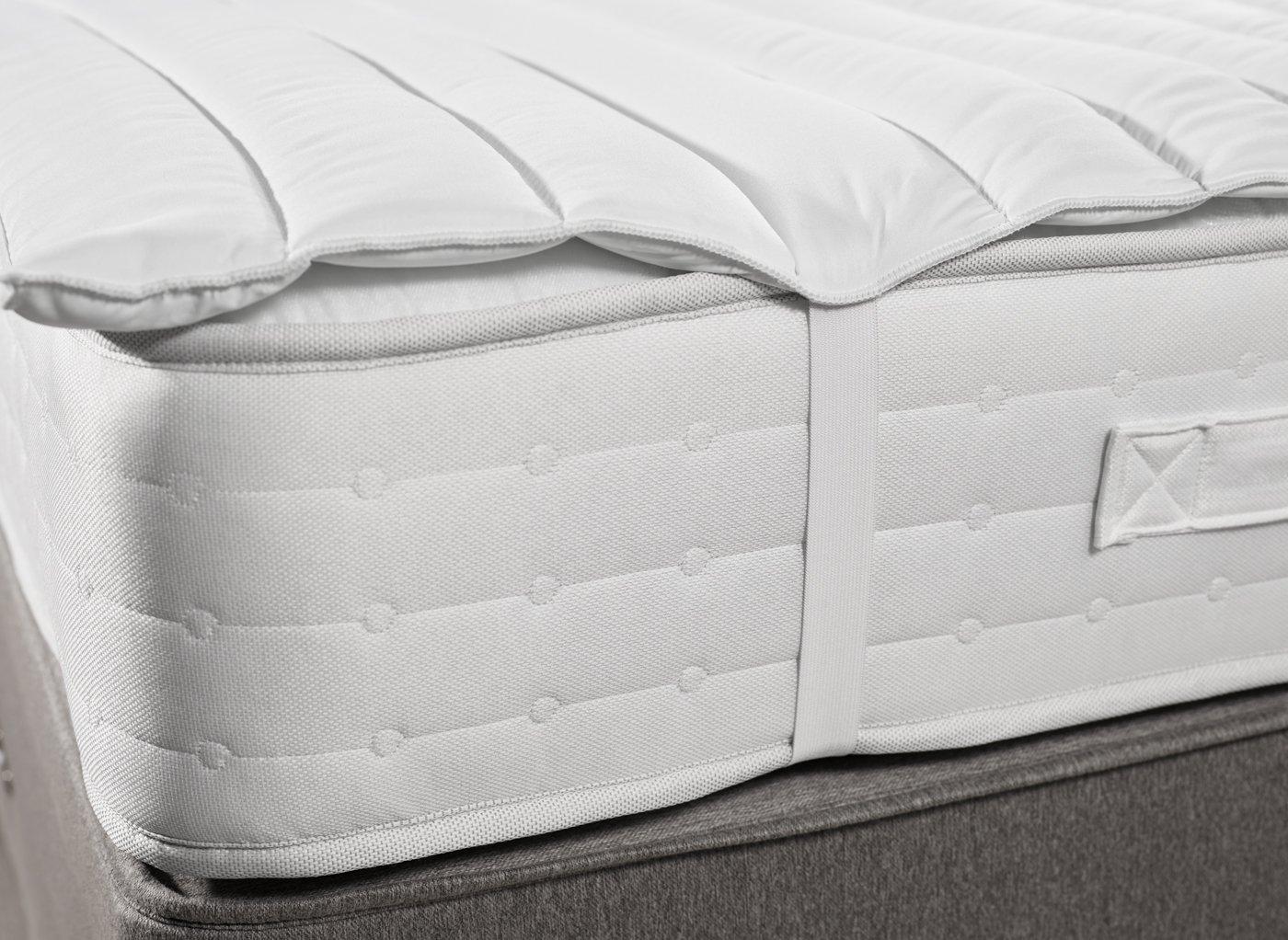 Allergies to foam mattress toppers can significantly impact the quality of your sleep. Constant sneezing, coughing, and itchiness can make it difficult to fall asleep and stay asleep. As a result, individuals may experience daytime fatigue and decreased productivity due to lack of quality sleep.
Moreover, allergies can also exacerbate underlying respiratory conditions, such as asthma, making it even more challenging to breathe comfortably at night. This can lead to a higher risk of sleep-related disorders, such as sleep apnea.
Allergies to foam mattress toppers can significantly impact the quality of your sleep. Constant sneezing, coughing, and itchiness can make it difficult to fall asleep and stay asleep. As a result, individuals may experience daytime fatigue and decreased productivity due to lack of quality sleep.
Moreover, allergies can also exacerbate underlying respiratory conditions, such as asthma, making it even more challenging to breathe comfortably at night. This can lead to a higher risk of sleep-related disorders, such as sleep apnea.
Preventing Allergies to Foam Mattress Toppers
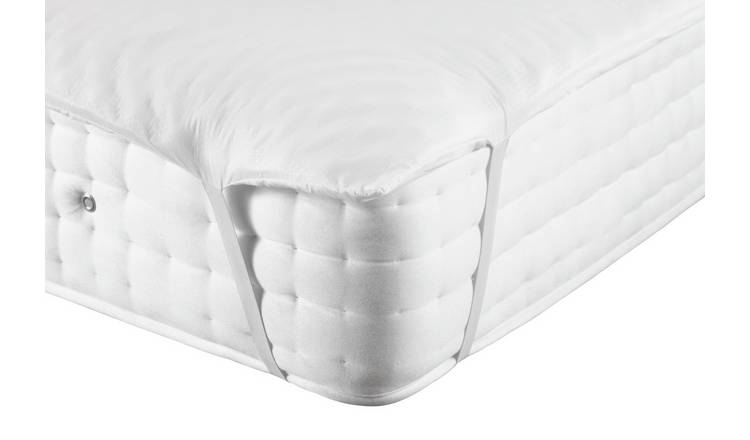 If you suspect that you may have an allergy to your foam mattress topper, there are a few steps you can take to prevent and alleviate your symptoms. First, consider using a hypoallergenic foam mattress topper made from natural materials, such as organic latex or plant-based memory foam. These materials are less likely to contain harsh chemicals that can trigger allergies.
Additionally, regularly cleaning and properly maintaining your foam mattress topper can also help prevent allergies. Vacuuming and spot cleaning with mild detergent can help remove dust, dirt, and other allergens that may have accumulated on the surface.
If you suspect that you may have an allergy to your foam mattress topper, there are a few steps you can take to prevent and alleviate your symptoms. First, consider using a hypoallergenic foam mattress topper made from natural materials, such as organic latex or plant-based memory foam. These materials are less likely to contain harsh chemicals that can trigger allergies.
Additionally, regularly cleaning and properly maintaining your foam mattress topper can also help prevent allergies. Vacuuming and spot cleaning with mild detergent can help remove dust, dirt, and other allergens that may have accumulated on the surface.
In Conclusion
 While foam mattress toppers are known for their comfort and support, they may not be suitable for everyone. If you experience symptoms of allergies when using a foam mattress topper, it's essential to take steps to prevent and alleviate your discomfort. By understanding the potential allergens in foam mattress toppers and taking necessary precautions, you can ensure a comfortable and restful night's sleep.
While foam mattress toppers are known for their comfort and support, they may not be suitable for everyone. If you experience symptoms of allergies when using a foam mattress topper, it's essential to take steps to prevent and alleviate your discomfort. By understanding the potential allergens in foam mattress toppers and taking necessary precautions, you can ensure a comfortable and restful night's sleep.



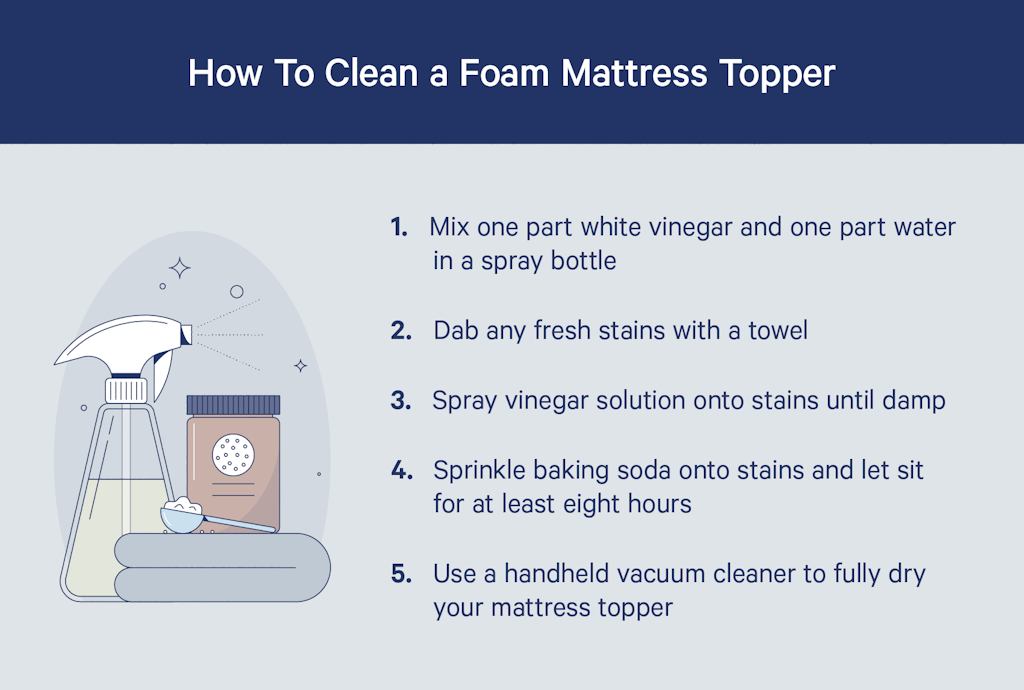



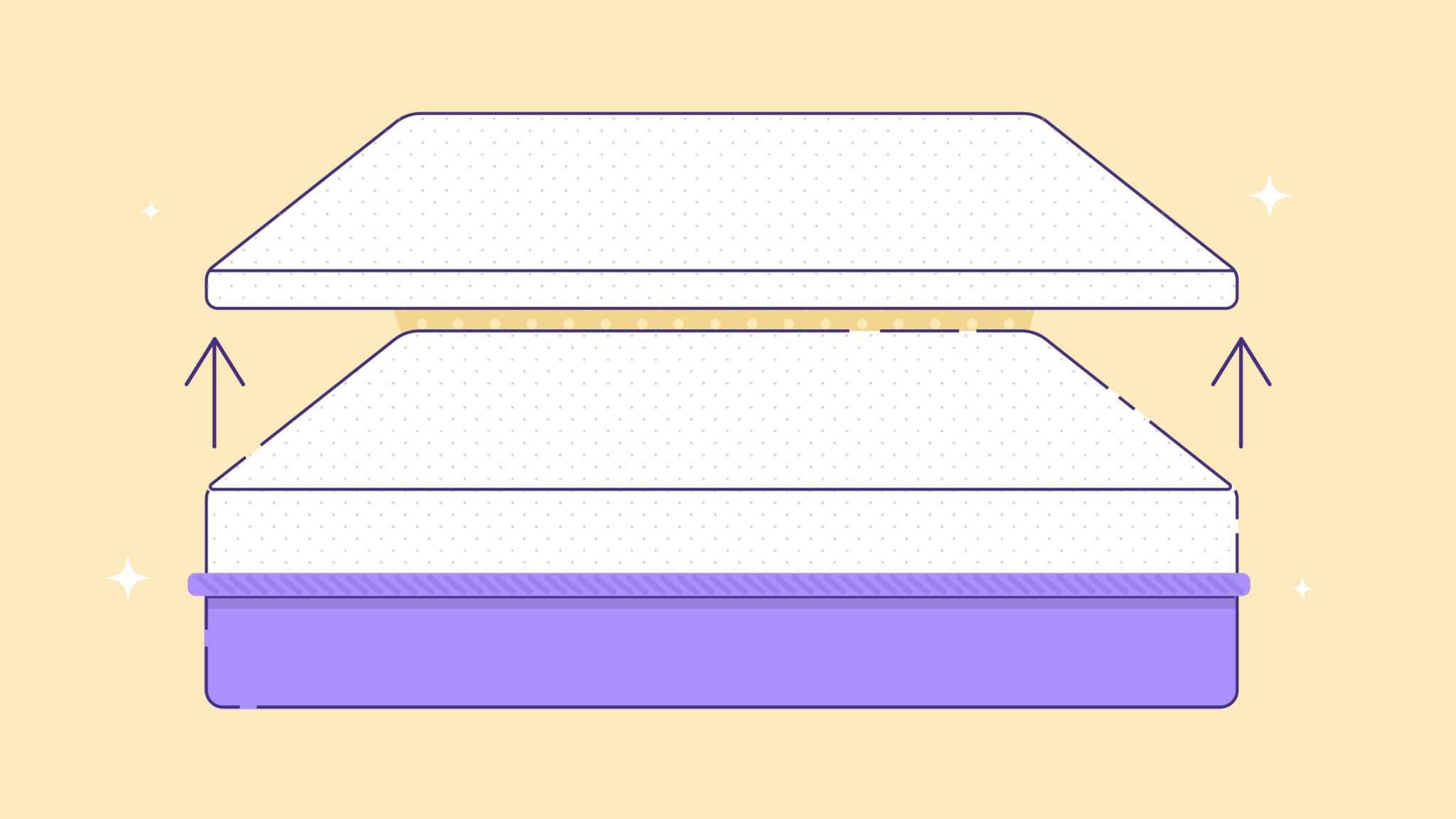



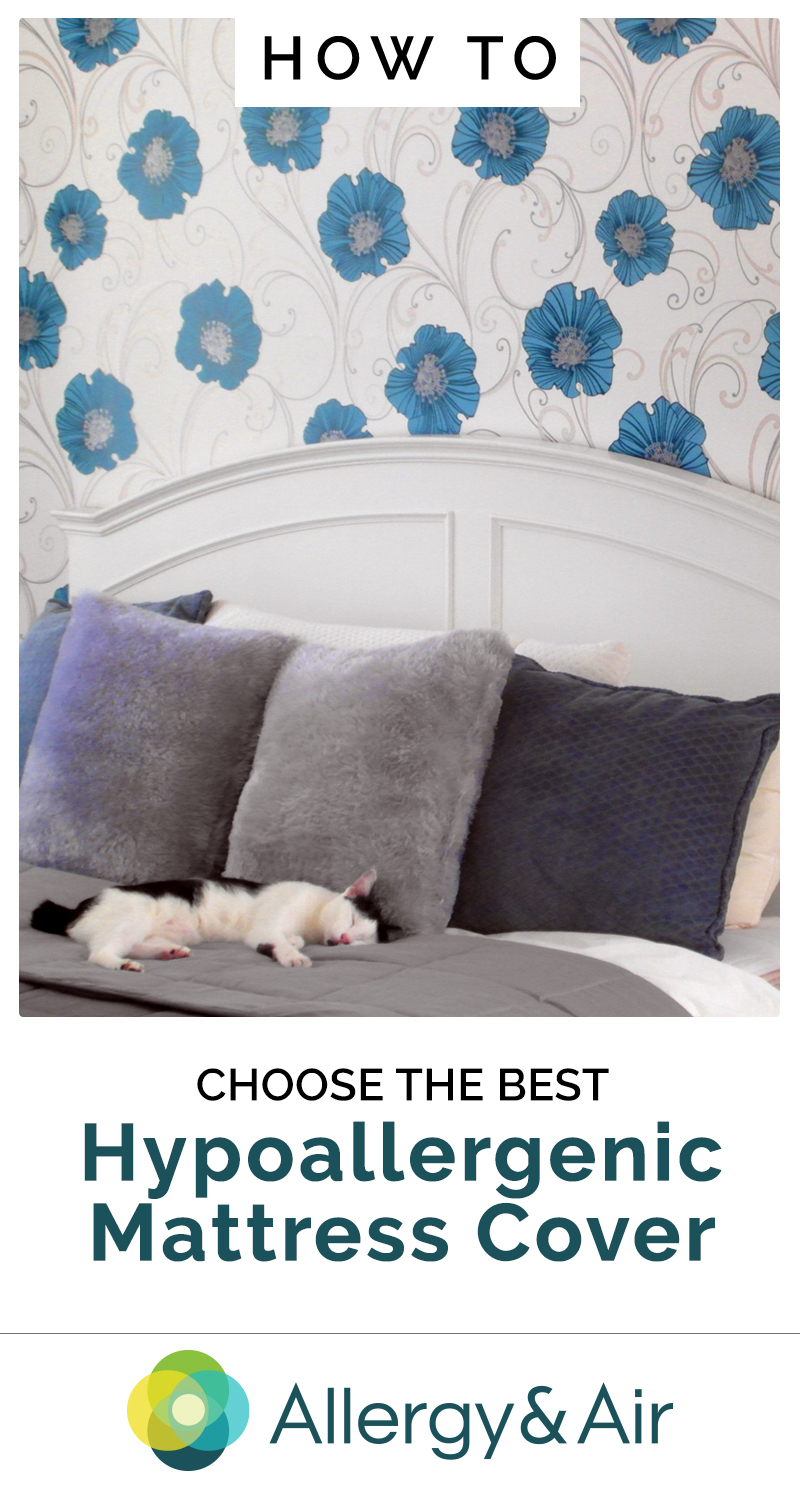


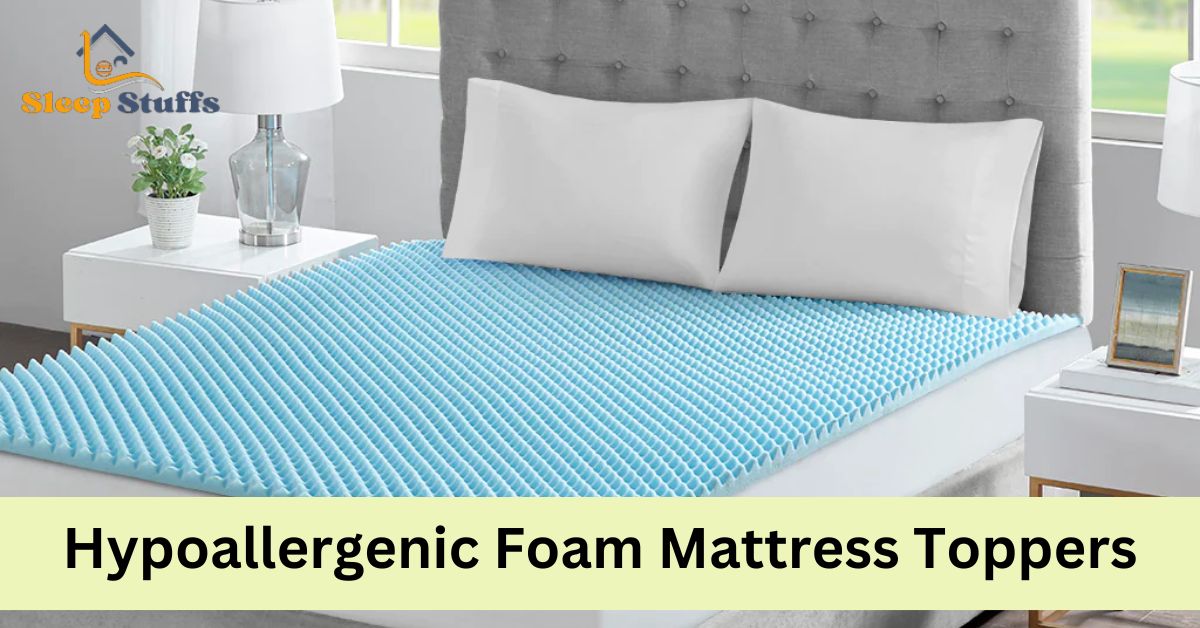
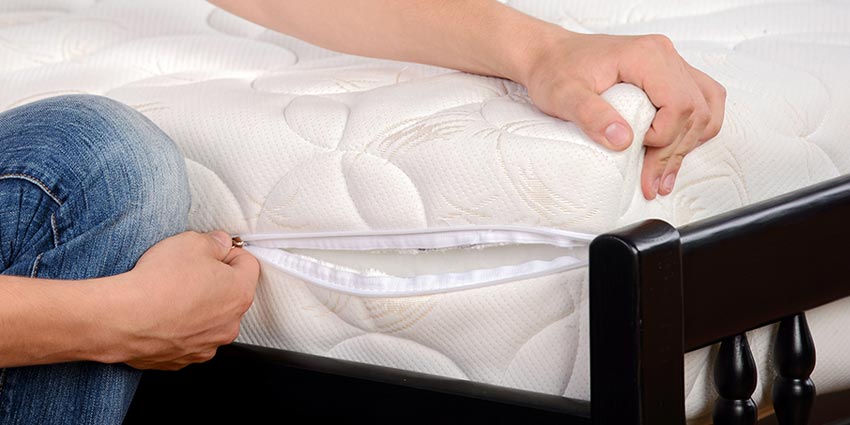
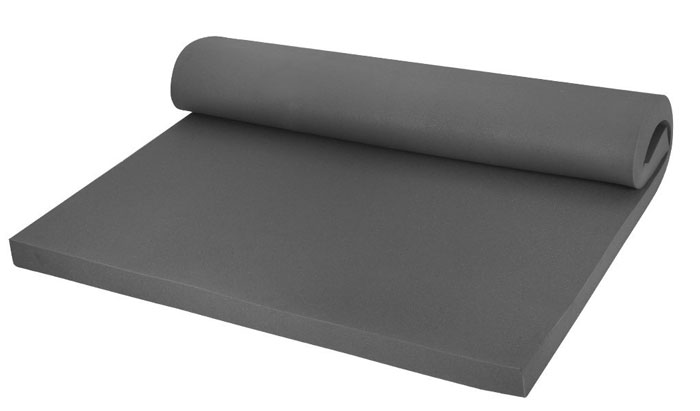
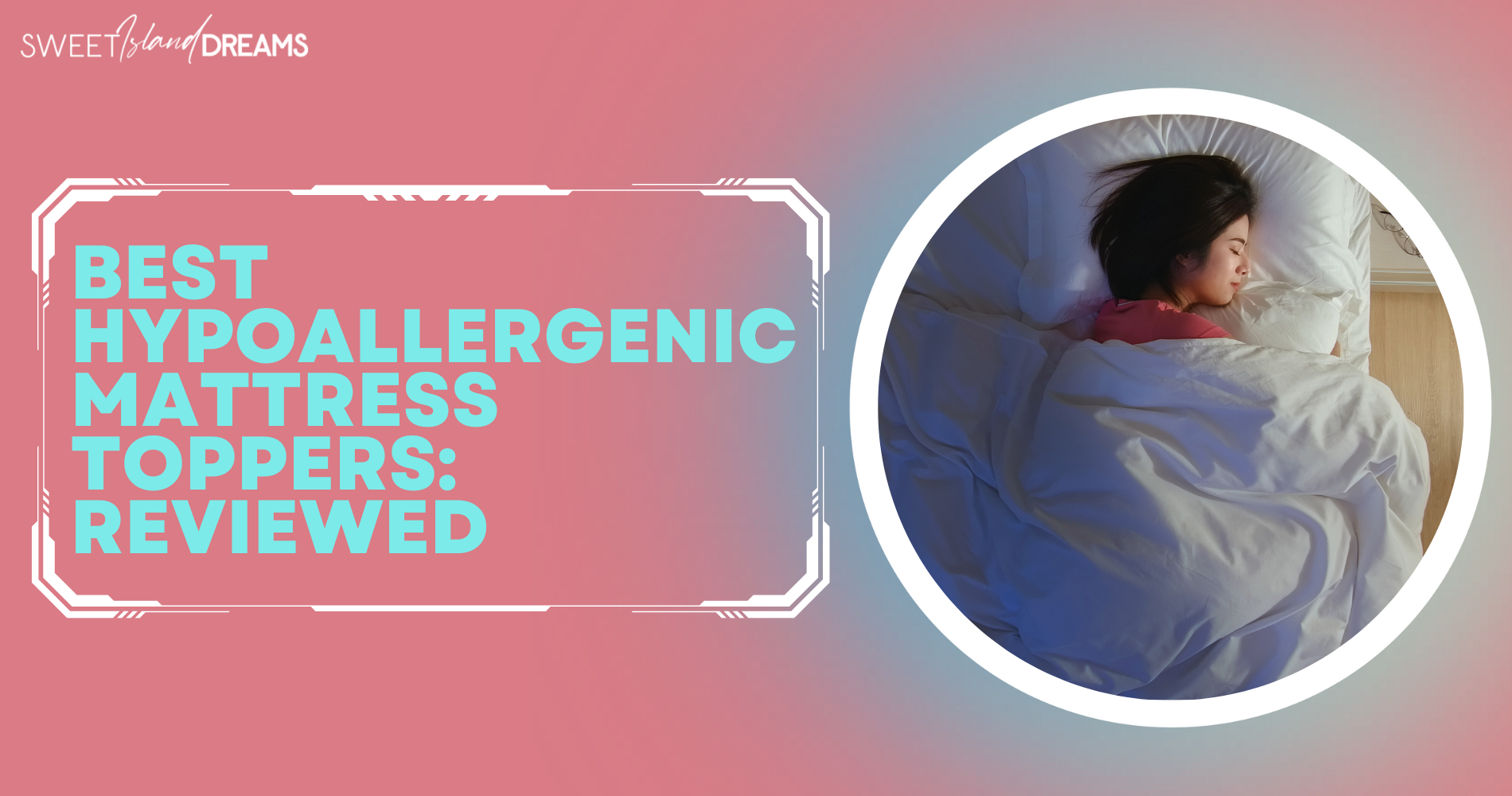
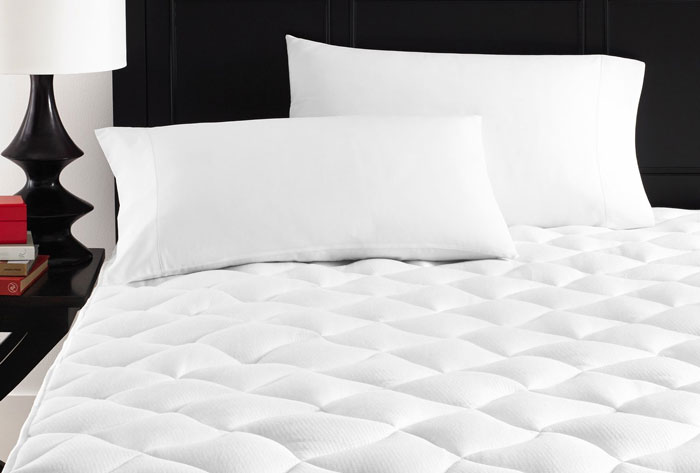
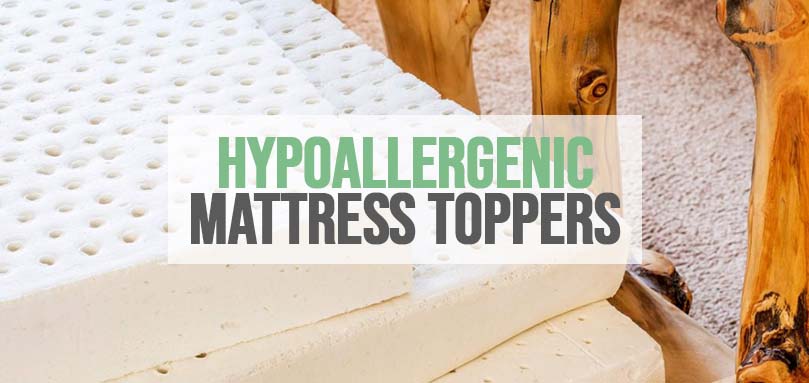
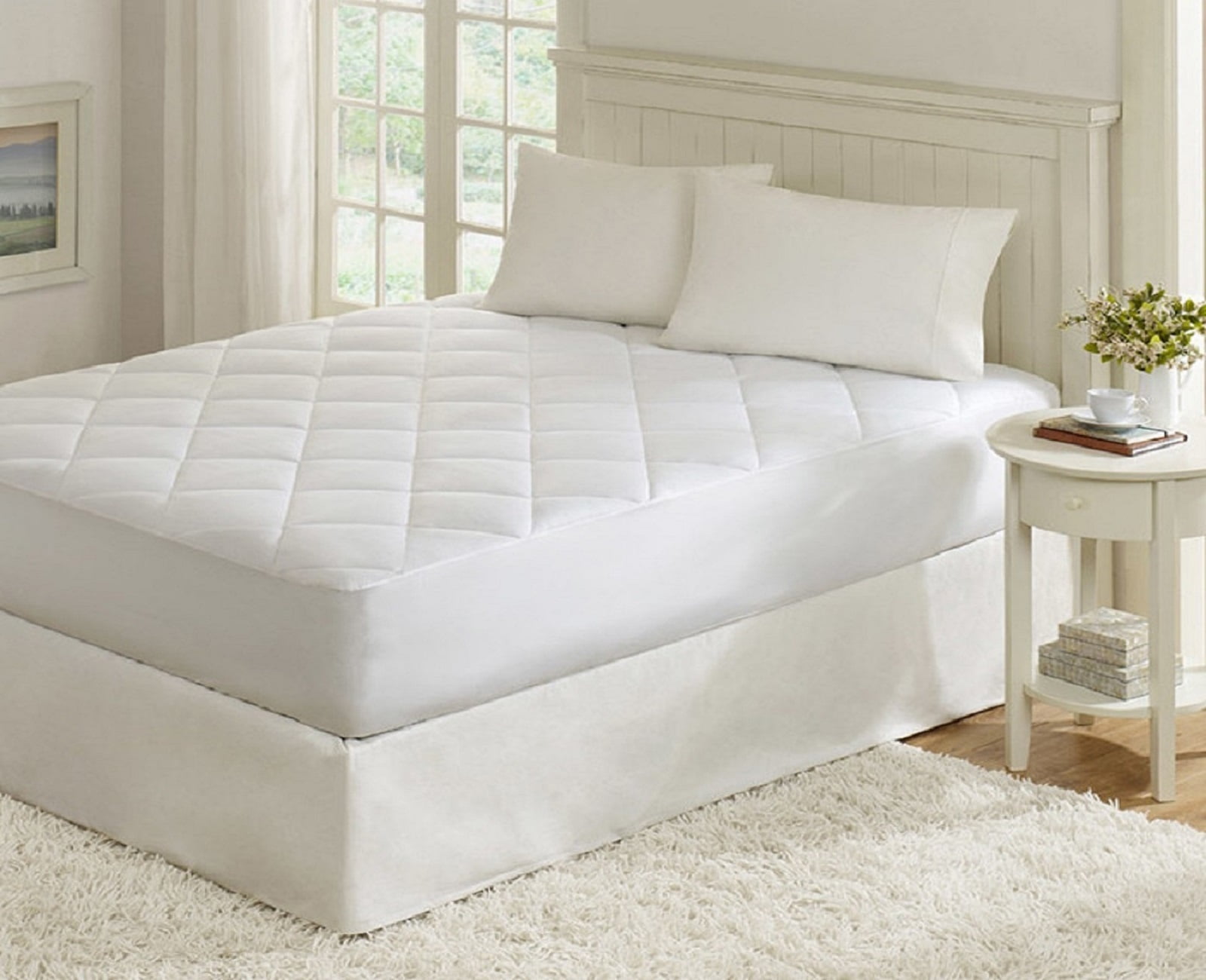






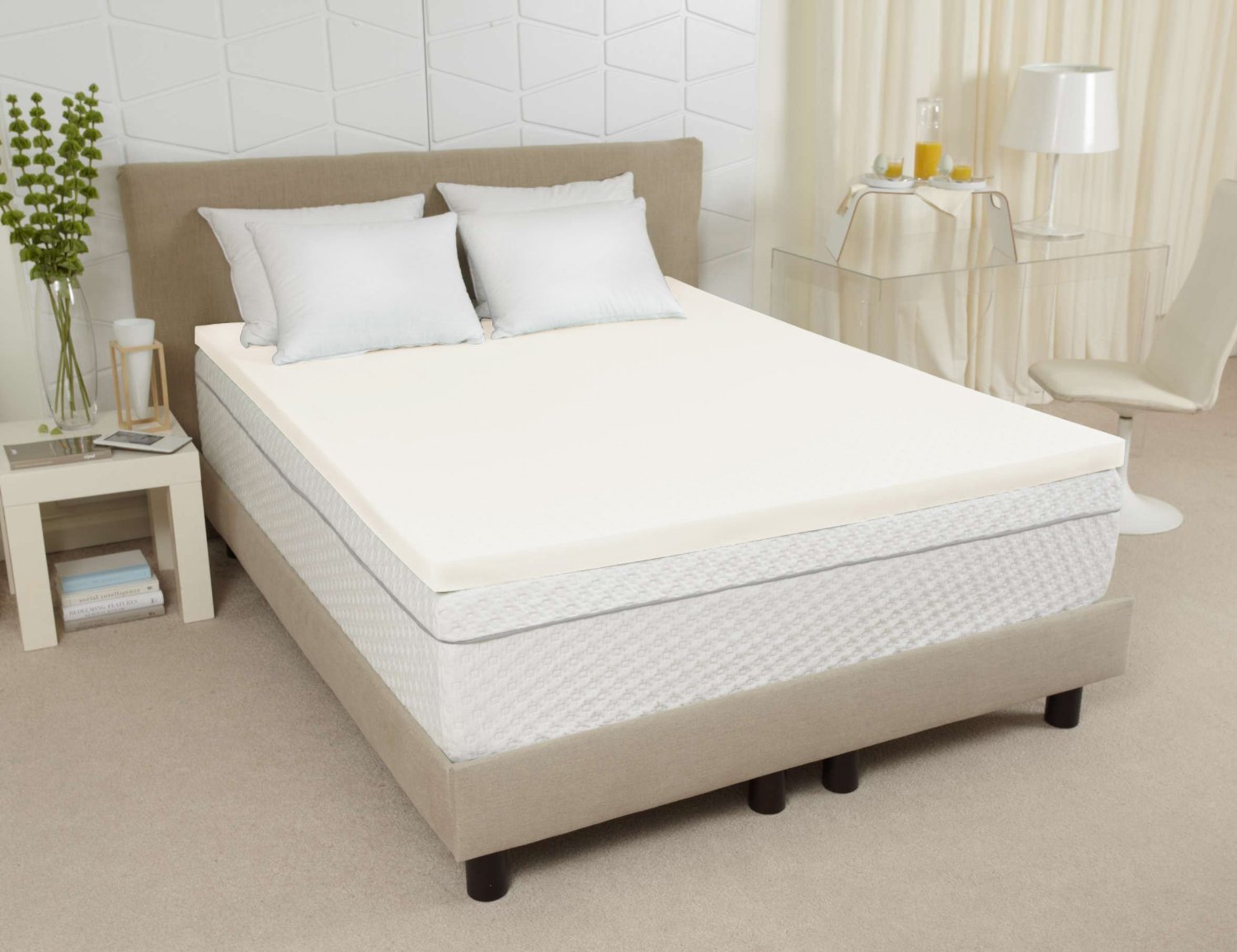










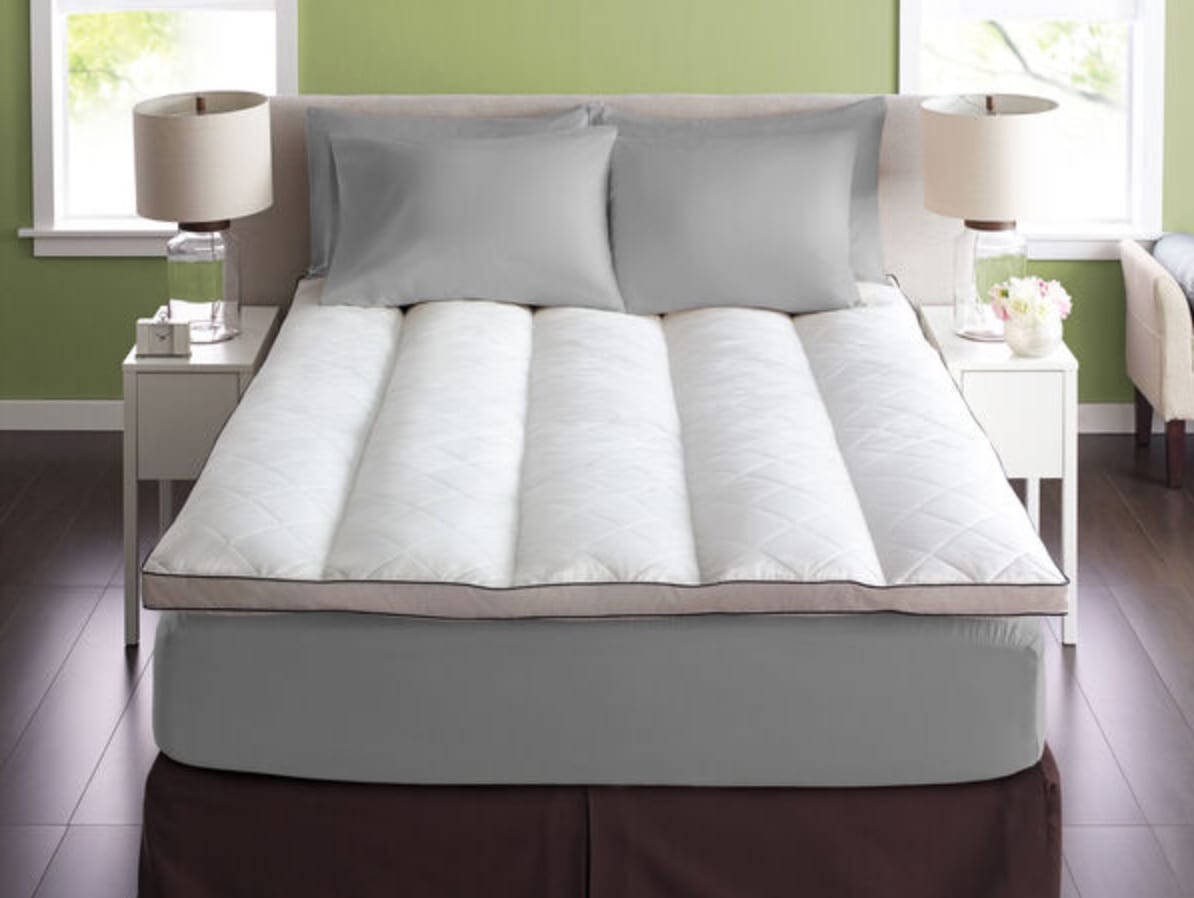




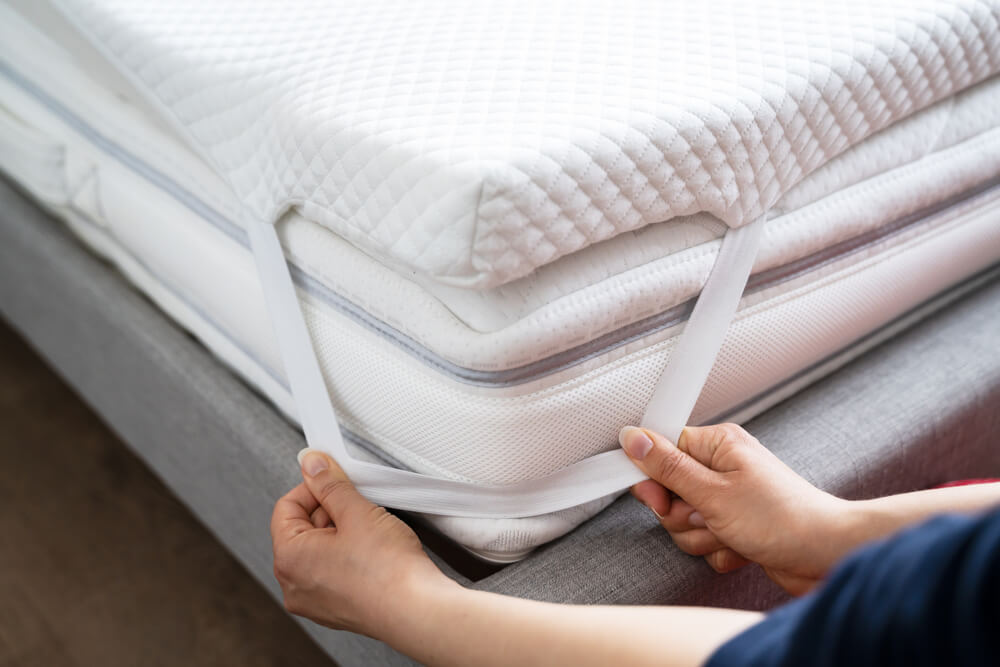
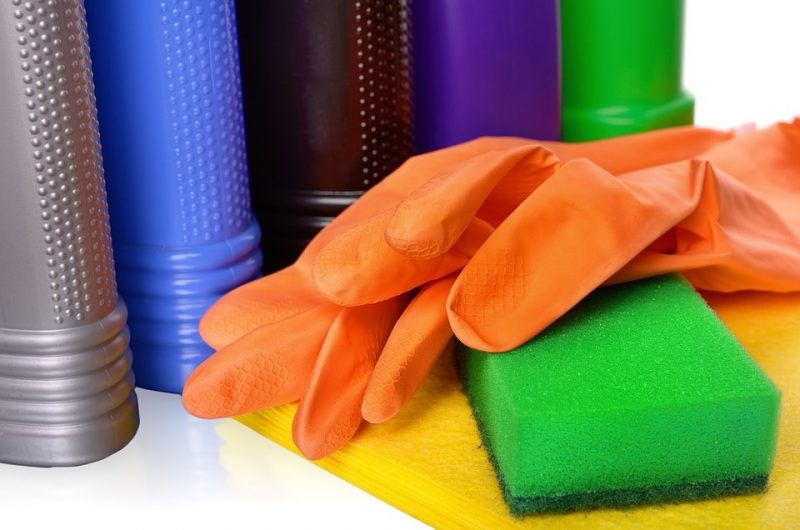
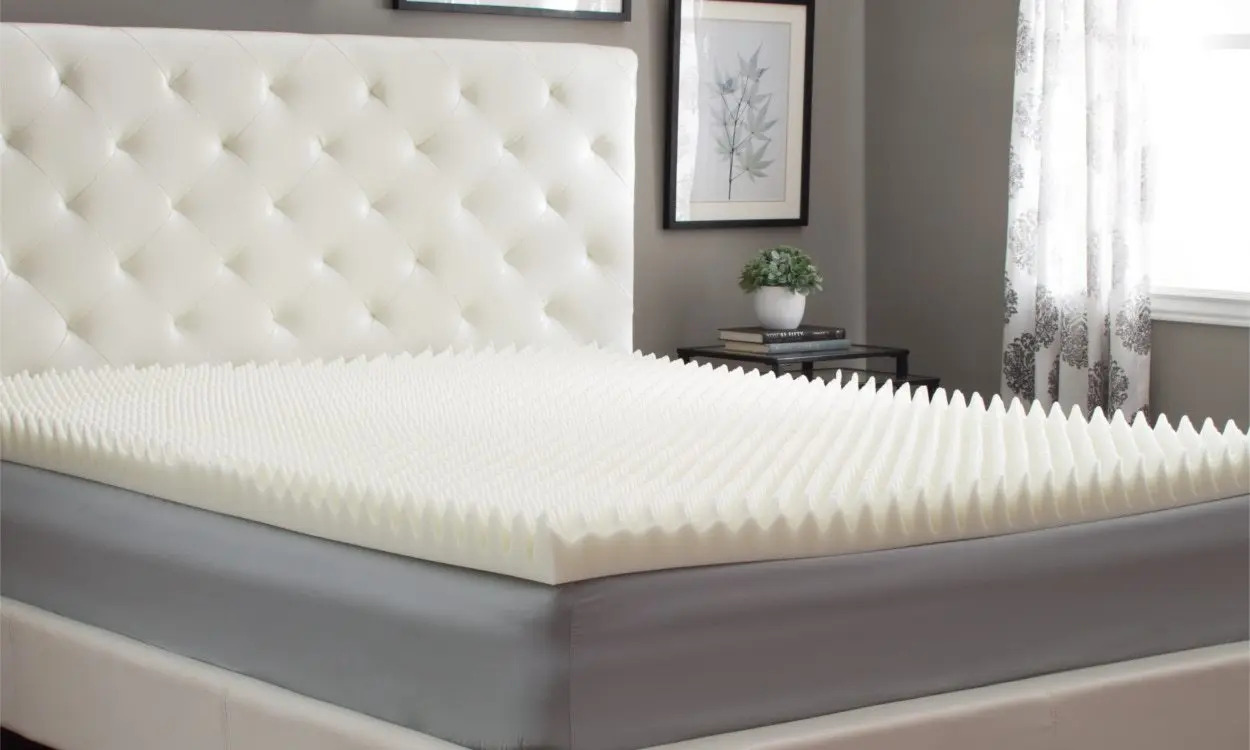

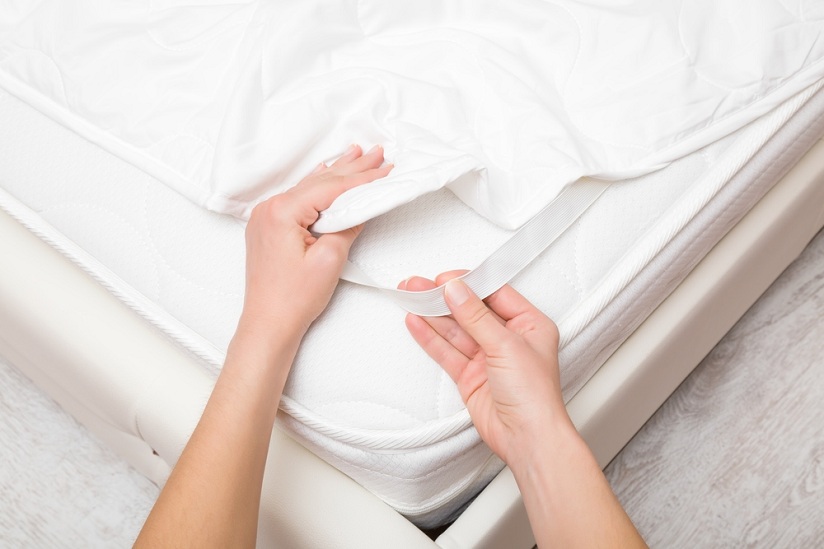


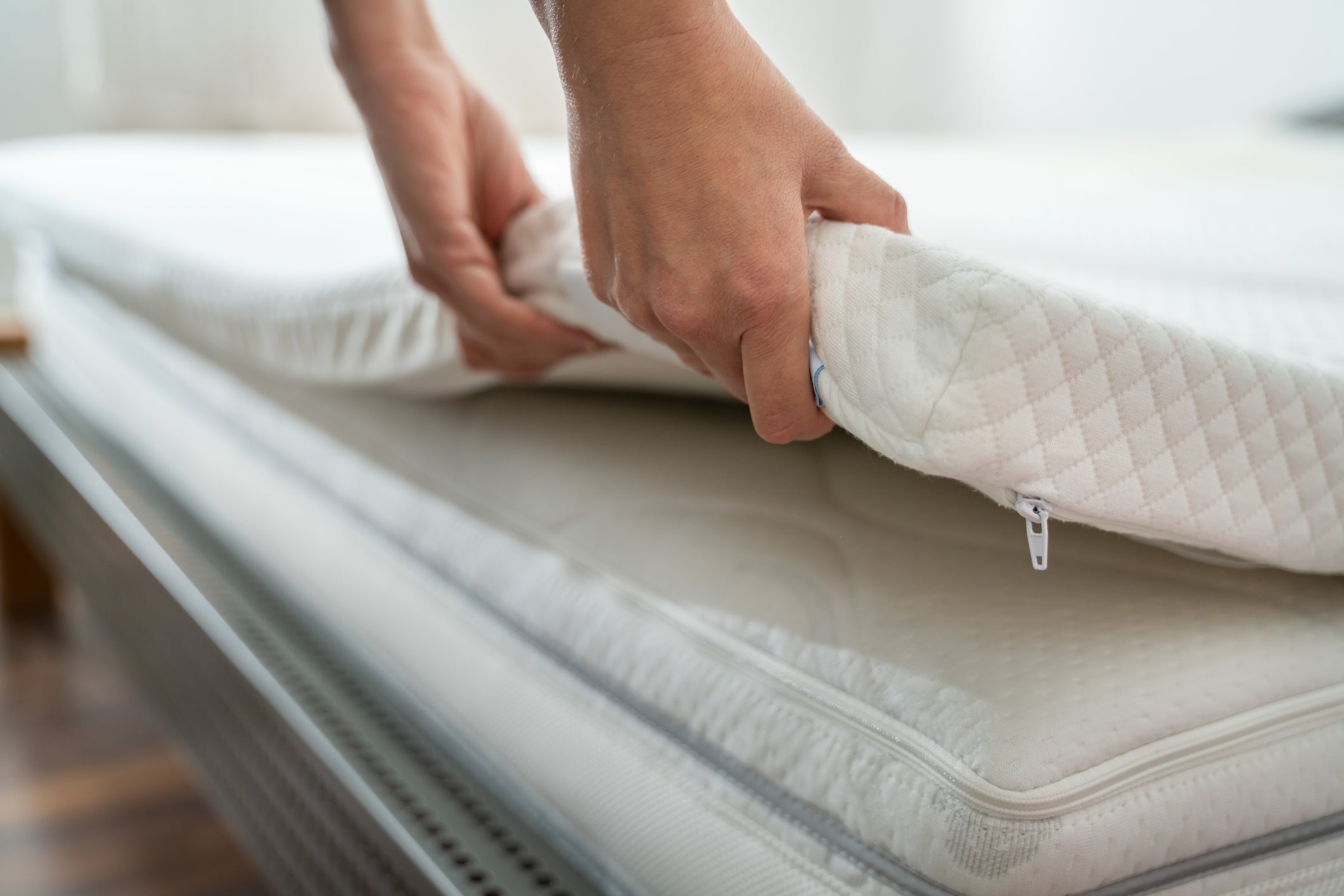
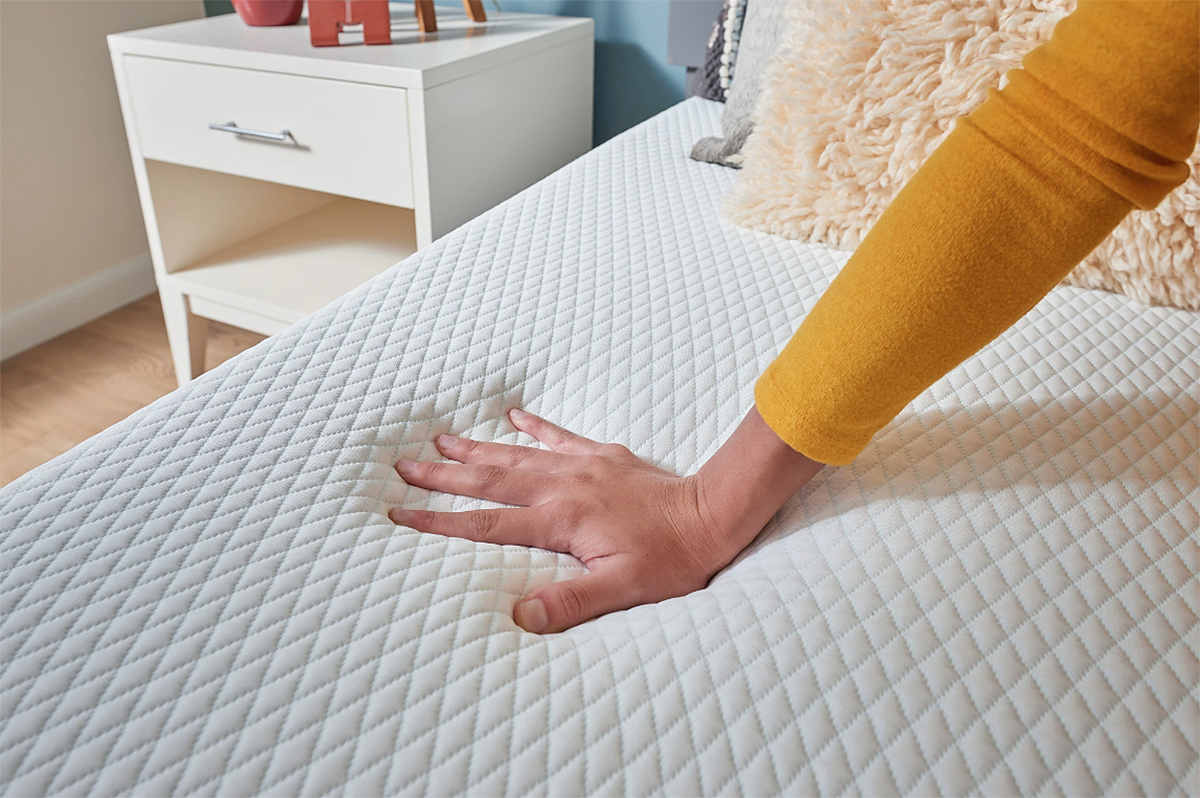
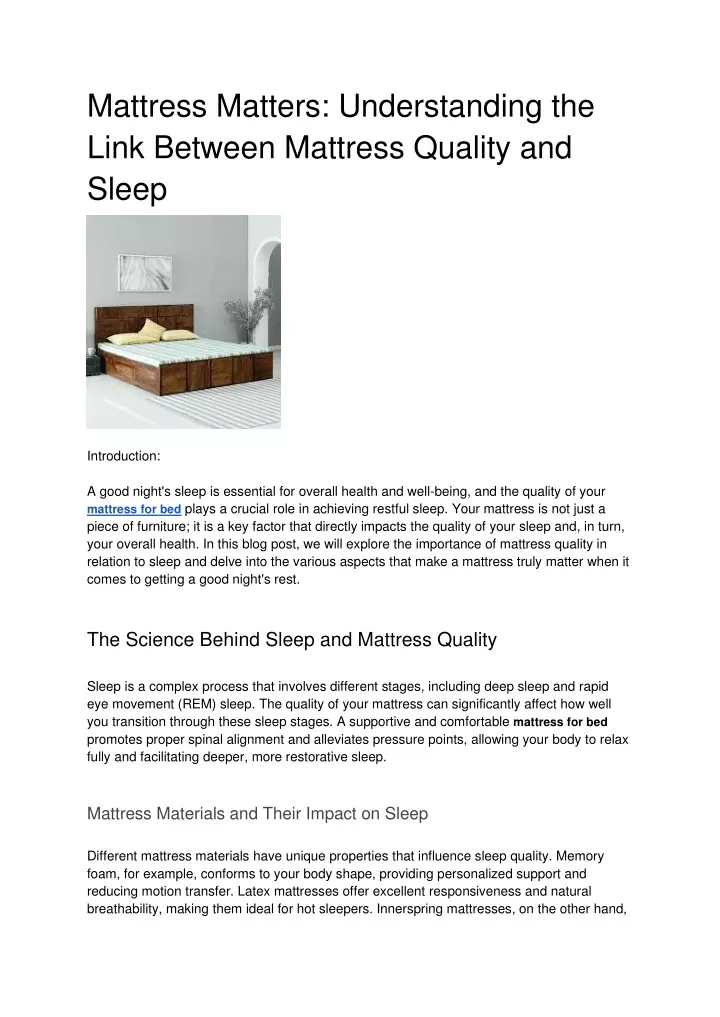


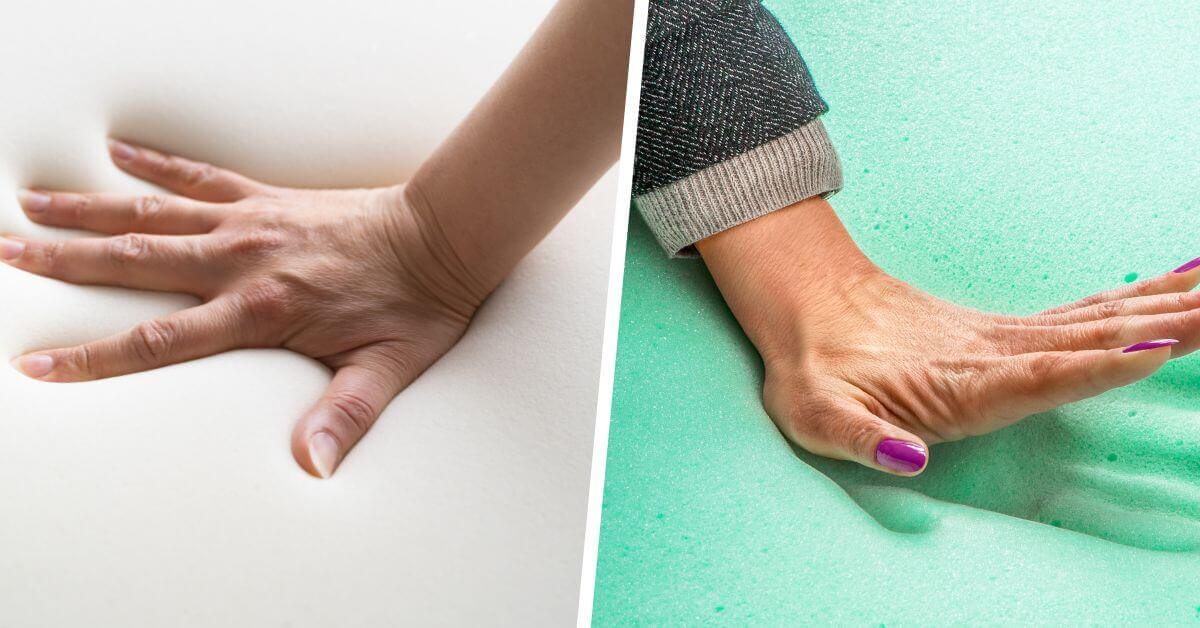
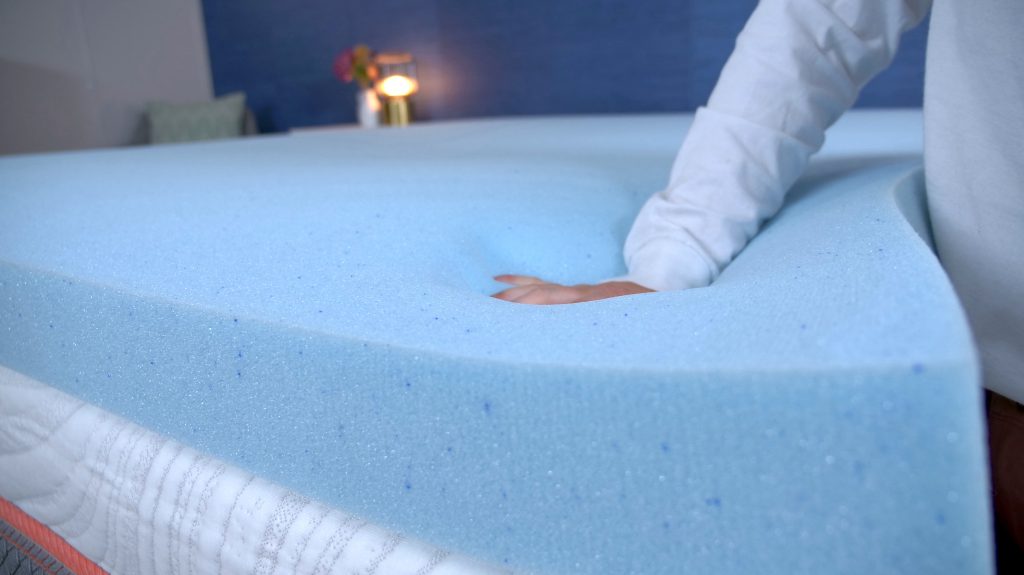


















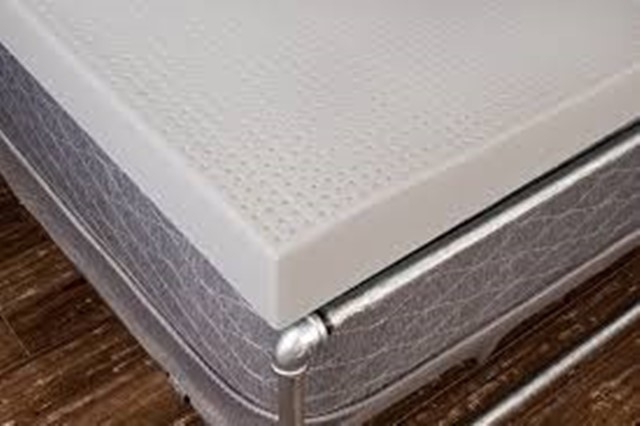

:max_bytes(150000):strip_icc()/SleeponLatex-b287d38f89374e4685ab0522b2fe1929.jpeg)



